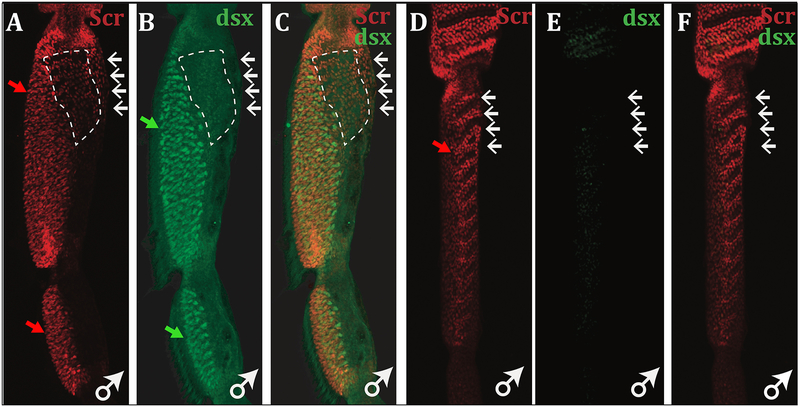Figure 3. Overlapping Scr and Dsx expression in the sex brush primordium.
The first and second tarsal segments of the pupal male forelegs are shown. Scr (red) is expressed in both TBR and sex brush regions, while Dsx expression (green), assayed with the anti-DsxCommon antibody (Sanders & Arbeitman, 2008), is limited to the sex brush. Expression of Dsx and Scr are highlighted by closed face green and red arrows respectively. As in the sex combs of D. melanogaster and its relatives (Tanaka et al., 2011), Dsx is expressed predominantly in bristle precursor cells, whereas Scr is present mainly in the surrounding epithelial cells. A-C) D. immigrans male pupal forelegs at 48 hrs after pupariation. Scr expression that does not overlap Dsx likely represents the proximal TBR bristles (open faced arrow). Scr expression is lower in regions where Dsx is absent (dashed white box). D-F) D. albomicans male pupal forelegs at 30 hrs after pupariation. Scr expression can still be seen in the TBRs, but Dsx is not expressed in the corresponding region.

